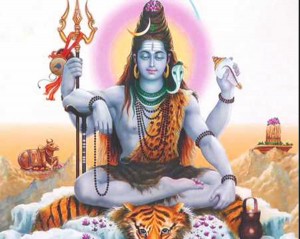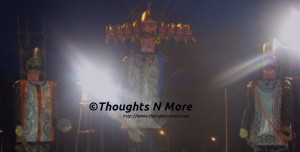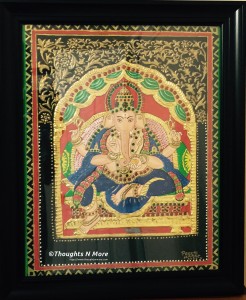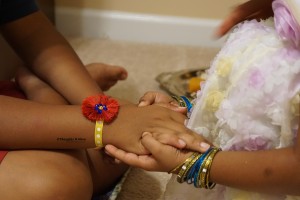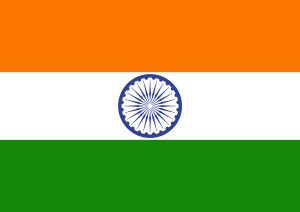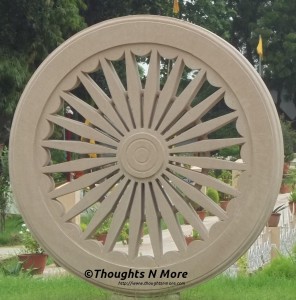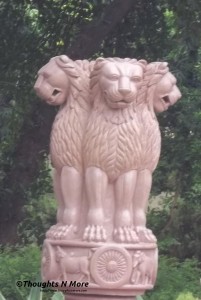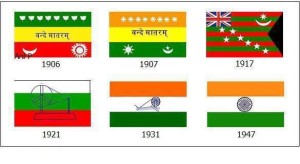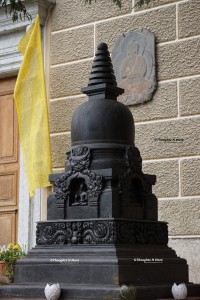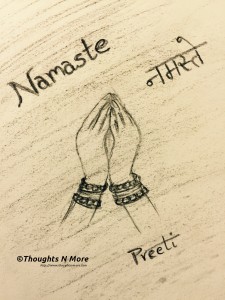Basant Panchami or Vasant Panchami :
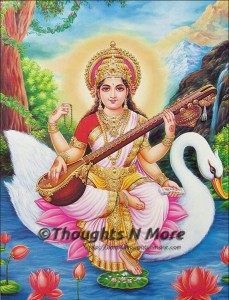
An Indian Festival dedicated to Maa Saraswati, the Goddess of knowledge, music, arts and culture. Vasant or Basant means Spring basically representing the spring season whereas Panchami means the fifth day so Vasant Panchami basically is a festival that falls on the fifth day of spring (Magh month)per hindu calendar.
Goddess Saraswati represents serenity and calmness. She is generally shown seated on a white lotus, wearing a pure white silk sari and holding a book in her lower left hand. Her four hands denote four facets of human personality namely mind, intellect, alertness and ego. The lotus on her hand or her seat symbolizes true knowledge. Her ride is a white swan which is known for its peculiar capability of separating water from the milk. While the four hands denotes how attainment of knowledge can help us to balance mind,intellect,alertness and ego in life the swan indicates that we should have the ability to discriminate the bad from the goods. The white swan of Saraswati is symbolising Sattwa Guna (purity and discrimination).
Basically the knowledge we gain in our life should help us not only to discriminate between right and wrong but also how to tame our ego and lead towards the path of intellect.
Spring represents a new beginning when most of the plants bear new blooms many plants come out of the stage of dormancy hence this is the day when mostly kids are taught for the first time to read and write…basically they start the formal education.Its a big day for students and is celebrated in almost all the educational institutions.It’s considered as an auspicious day to begin the process of learning.
Special prayer for Goddess Saraswati are conducted on this day. It is also a great day to inaugurate training institutes and new schools – a trend made famous by the renowned Indian educationist Pandit Madan Mohan Malaviya (1861-1946), who founded the Banaras Hindu University on Vasant Panchami day in 1916.The colour yellow also plays an important role in this festival.
People usually wear yellow garments, Goddess Saraswati is worshiped in a yellow dress. Yellow represents spiritual knowledge and also natures bounty is mostly overshadowed in this colour in the form of fruits and flowers.
After worshipping the Goddess generally the offerings of fruits and flowers are given and following mantras are recited:
या कुन्देन्दु तुषार हार धवला या शुभ्रवस्त्रावृता
या वीणा वरदण्ड मण्डितकरा या श्वेतपद्मासना ।
या ब्रह्माच्युत शङ्करप्रभृतिभिर्देवैः सदा पूजिता
सा मां पातु सरस्वती भगवती निःशेषजाड्यापहा ॥
Yaa Kunda-Indu Tussaara Haara Dhavalaa Yaa Shubhra-Vastra-Avrtaa
Yaa Viinnaa Vara-Danndda Mannddita-Karaa Yaa Shveta-Padmaasanaa |
Yaa Brahma-Acyuta Shangkara-Prabhrtibhir-Devaih Sadaa Puujitaa
Saa Maam Paatu Sarasvatii Bhagavatii Nihshessa-Jaaddya-Apahaa ||
Meaning:
1: (O Mother Saraswati), Who is fair as a Jasmine flower and Moon and White as Snow and Who is Dressed in White Garments,
2: Whose Hands are Adorned by the Veena and Staff symbolising Boon-Giving and Who is Seated on a White Lotus,
3: Who is always Adored by Brahma, Vishnu, Shiva, and the other deities,
4: Kindly Protect me, and Remove my Ignorance.
PUSHPANJALI:
The popular ‘pranam mantra’ or Sanskrit prayer, Saraswati devotees utter with utmost devotion on this day:The kids should recite this mantra while offering flowers and fruits to Goddess Saraswati
Om Saraswati Mahabhagey, Vidye Kamala Lochaney |
Viswarupey Vishalakshmi, Vidyam Dehi Namohastutey ||
Jaya Jaya Devi, Charachara Sharey, Kuchayuga Shobhita, Mukta Haarey |
Vina Ranjita, Pustaka Hastey, Bhagavati Bharati Devi Namohastutey ||
Meaning : Om Goddess Saraswati,
who is fair like the jasmine-colored moon,
and whose pure white garland is like frosty dew drops;
who is adorned in radiant white attire,
on whose beautiful arm rests the veena,
and whose throne is a white lotus;
who is surrounded and respected by the Gods, protect me.
May you fully remove my lethargy, sluggishness, and ignorance.”
ॐ असतो मा सद्गमय ।
तमसो मा ज्योतिर्गमय ।
मृत्योर्मा अमृतं गमय ।
ॐ शान्तिः शान्तिः शान्तिः ॥
Om Asato Maa Sad-Gamaya |
Tamaso Maa Jyotir-Gamaya |
Mrtyor-Maa Amrtam Gamaya |
Om Shaantih Shaantih Shaantih ||
Meaning:
1: Om, Lead us from Unreality (of Transitory Existence) to the Reality (of Self),
2: Lead us from the Darkness (of Ignorance) to the Light (of Spiritual Knowledge),
3: Lead us from the Fear of Death to the Knowledge of Immortality.
4: Om Peace, Peace, Peace.
May the Goddess of Learning always shower her blessings on us..
May the desire of learning never leave us till we reach our grave
May we be wise to understand right from wrong
May we be grounded enough so as the ego never creeps in our mind and heart..
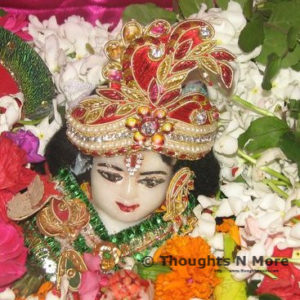 Janmashtami : A festival celebrated in most parts of India to mark the birth of Lord Shree Krishna who is considered to be the eighth incarnation of Lord Vishnu.
Janmashtami : A festival celebrated in most parts of India to mark the birth of Lord Shree Krishna who is considered to be the eighth incarnation of Lord Vishnu.

